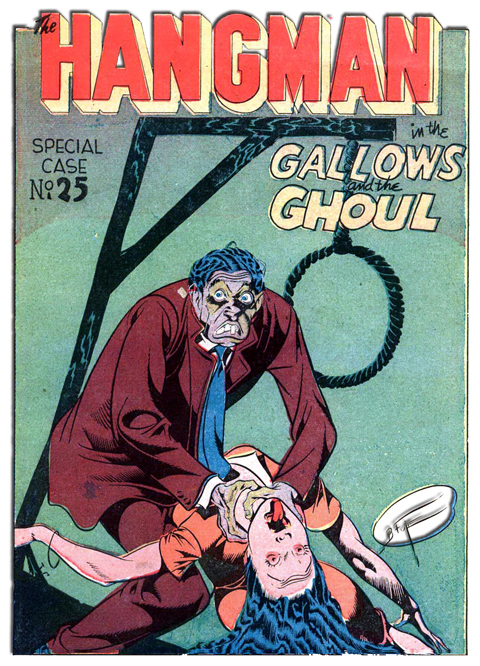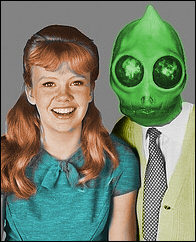The sordid pulps that had commanded the adult dollar for decades were starting to show their age in the early 1940s. A scant few years earlier comic books had begun making gains in popularity and publishers took advantage of the new interest by flooding the news stands with crime, horror and adventure titles. Now creators were not just limited to some prose about crime and horror, they could have it shown now too, and in graphic detail.
Artists once restricted to a few illustrations and covers a month for various periodicals were in demand and each one worked hard to get noticed in a suddenly crowded talent pool. The plot device of the pulps, that of the dame in distress, was successfully transplanted into comic books. As each book tried to outdo the other for a gain of the male market share the teasing sexual situations and depictions of violence against women increased. The 4-color carnage progressed almost unchallenged for several years until parents and politicians finally took a closer look at the contents of a product marketed for children.
Artists once restricted to a few illustrations and covers a month for various periodicals were in demand and each one worked hard to get noticed in a suddenly crowded talent pool. The plot device of the pulps, that of the dame in distress, was successfully transplanted into comic books. As each book tried to outdo the other for a gain of the male market share the teasing sexual situations and depictions of violence against women increased. The 4-color carnage progressed almost unchallenged for several years until parents and politicians finally took a closer look at the contents of a product marketed for children.




























I think she's past distress at this point.
ReplyDeleteNot that particular cover but some of the gory noirish covers of there era were just things of trashy beauty.
"And won't someone please think of the children."
I don't think this comic is for anyone.
ReplyDelete